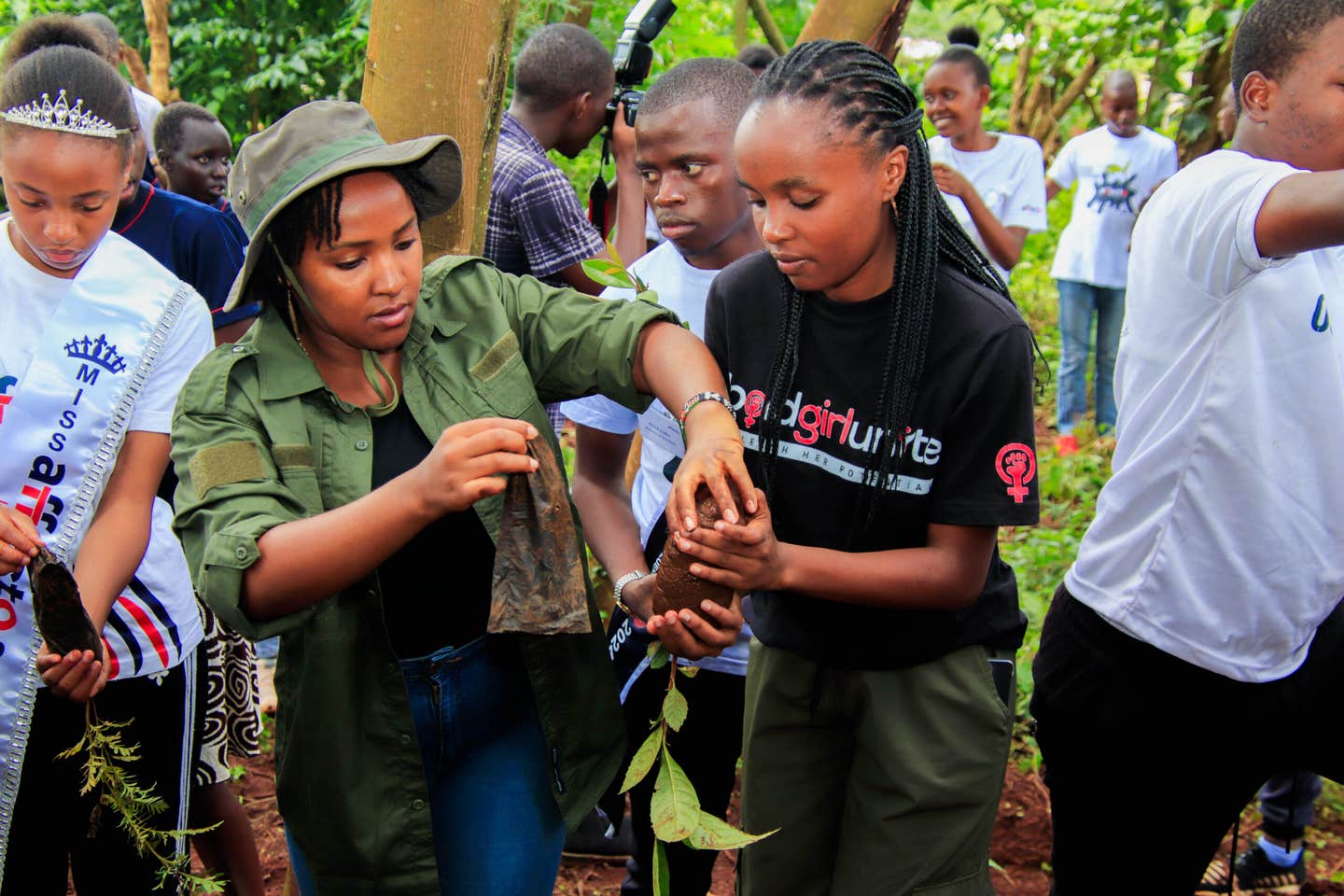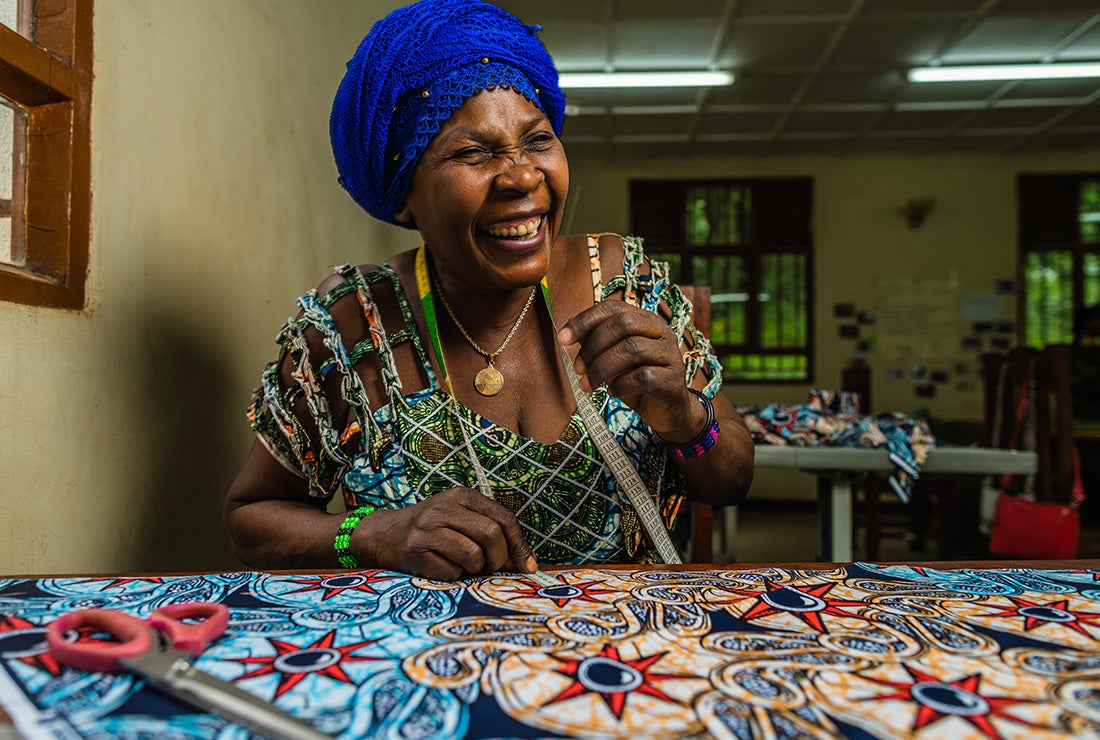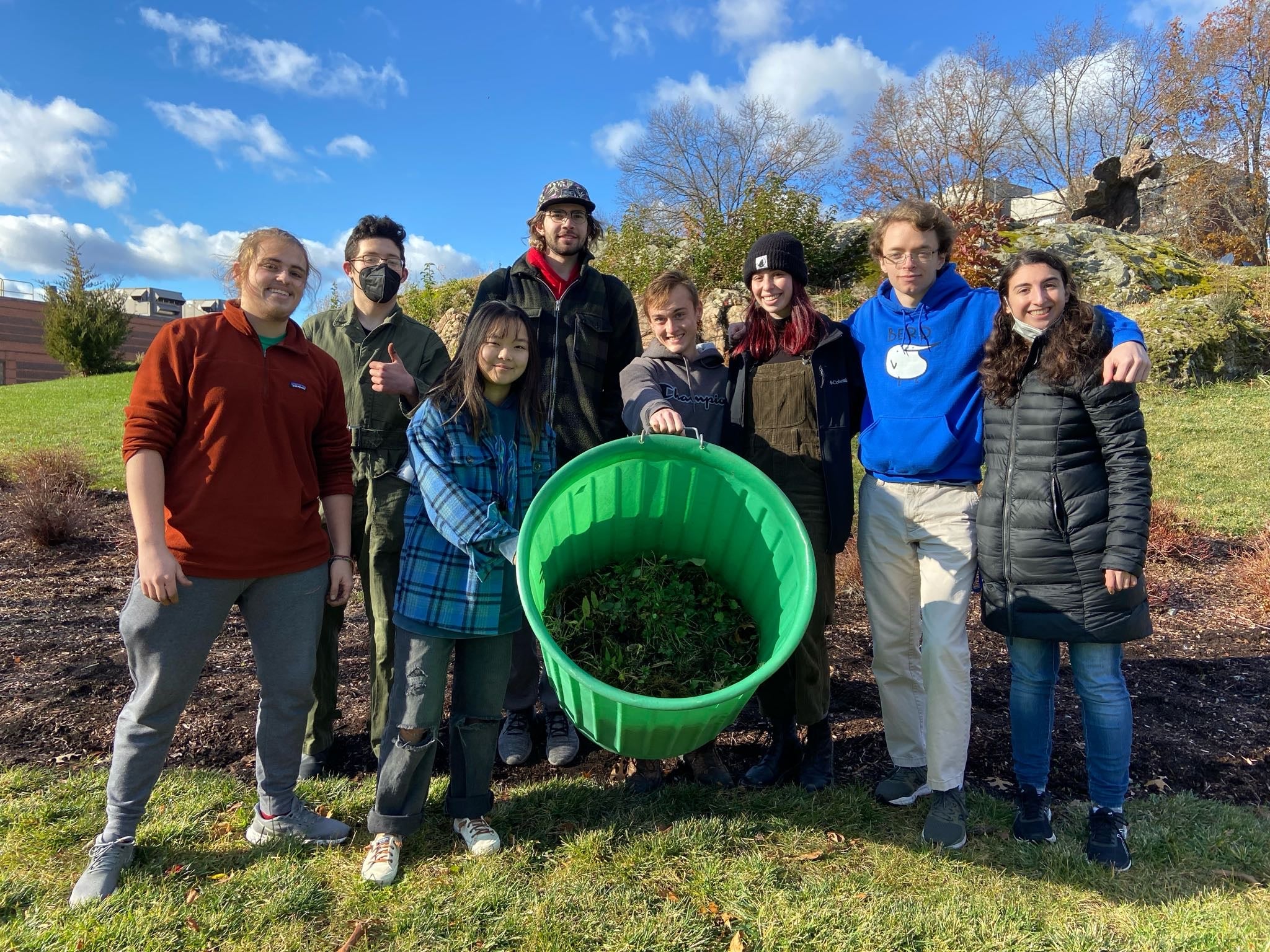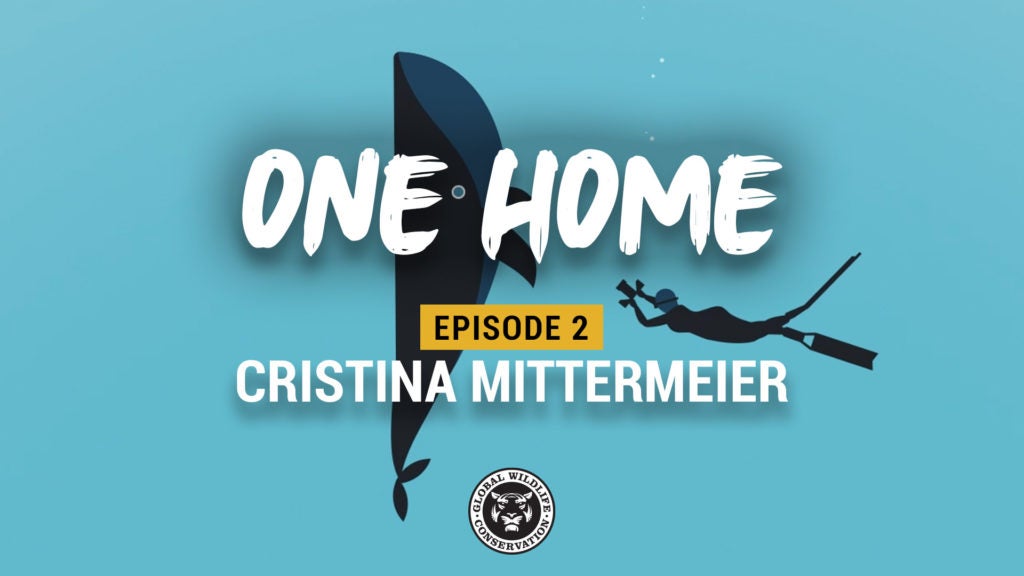At an international conservation conference in Brisbane this past June, something amazing happened. We hosted a symposium titled, “Where Are All of the Women?” about leadership in the field and, despite being scheduled as the very last session on the very last day of the conference, more than 70 people packed into the room. All genders represented.
The energy was electric, palpable.
So why did this feel different? Was it the large attendance? Was it the energy that comes with being in community to discuss a topic that impacts all of us? Yes, AND it was because the conservation community is hungry for safe spaces to have honest conversations about the lack of women in leadership.
Why women's leadership matters for protecting nature.
We didn't figure it all out at the conference, but here is what we do know:
When women lead in conservation, the outcomes are stronger. Studies show women’s involvement leads to more collaborative decision-making, greater transparency, and more durable conservation solutions. Women leaders also bring perspectives rooted in equity and community well-being, ensuring that biodiversity goals align with human needs.
Simply put, when women lead, conservation efforts become more innovative, resilient, and responsive to the people and ecosystems they aim to protect.
A global study reveals what women in conservation need to thrive.
We need to talk about why there aren’t more women in conservation leadership and how their involvement can disrupt and improve the very systems they have been left out of.
However, what we believe also contributed to the excitement of that Brisbane session was the promotion of a global study on this very topic produced by researchers from Latin America, Europe, and the U.S. and supported by Re:wild and Denver Zoo Conservation Alliance. We wanted to better understand which skills and factors women see as most important for helping them succeed and advance in this field, as well as what conditions make that possible.
The analysis, which surveyed 800+ women around the world, reveals a highly educated and experienced community of women conservationists ready to advance their careers. Their top motivations for seeking leadership development include advancing their careers, strengthening skills, and personal growth.
From the survey, expert interviews with women leaders actively working in conservation, and a review of 95 conservation organizations offering leadership initiatives, these key themes stand out:
- Practical skills: Women are seeking training and support in the areas of conflict management, effective communication, and adaptive management.
- Mentorship matters: Women need role models and sustained mentors to help grow in their careers.
- Essential safe spaces: Safe and supportive environments to share challenges and live without fear of judgement
- Persistent equity gaps: The conservation community must address systemic barriers like cultural expectations, gender bias, and institutional norms.
- Model promising practices: Leadership development through collaborative curriculum design, adaptive learning formats, and alumni-led mentorship networks
- Representation matters: Women said leaders who “look like us” are validating and essential.
- One size does not fit all: Women seek hybrid learning formats, combining online accessibility with immersive in-person experiences and cohort-based learning that fosters peer relationships.
- Organizational and cultural barriers: shifting rigid gender norms, unequal caregiving expectations, unclear promotion paths, and workplaces that were never designed with women’s needs in mind
- Well-being is non-negotiable: Sustained leadership requires rest, renewal, and relief from burnout. Programs that integrate well-being practices don't just prevent exhaustion; they equip women to lead effectively over the long term.
What happens next?
The lack of women in leadership positions and the need for systemic change are not challenges unique to conservation, they are societal. This report is a call to action, a roadmap for change, for the entire conservation community and beyond.
Our hope is that it serves as a catalyst for collaboration across sectors where environmental and social outcomes depend on equitable pathways to leadership in order to achieve lasting impact.
Conservation thrives when women lead and together we can build the systems to make that possible.
Want to learn more?
Read the report and join the conversation about how we can build a more inclusive, resilient, and effective conservation movement.
Support the Women Rewilding Fund, which sustains a vibrant, global support network for women conservationists, directly funds women leading high-impact on-the-ground projects, and provides transformative professional development opportunities for women leaders to unlock their full potential.
If you want to hear more from the collaborators, tune into the Into the Bush podcast in October as they share their thoughts and insights on the study and their vision for next steps in this work.
If you are at the World Conservation Congress, we would love to talk to you! You can find Angela Yang through the Congress App or reach out over email at angela.yang987@gmail.com.



